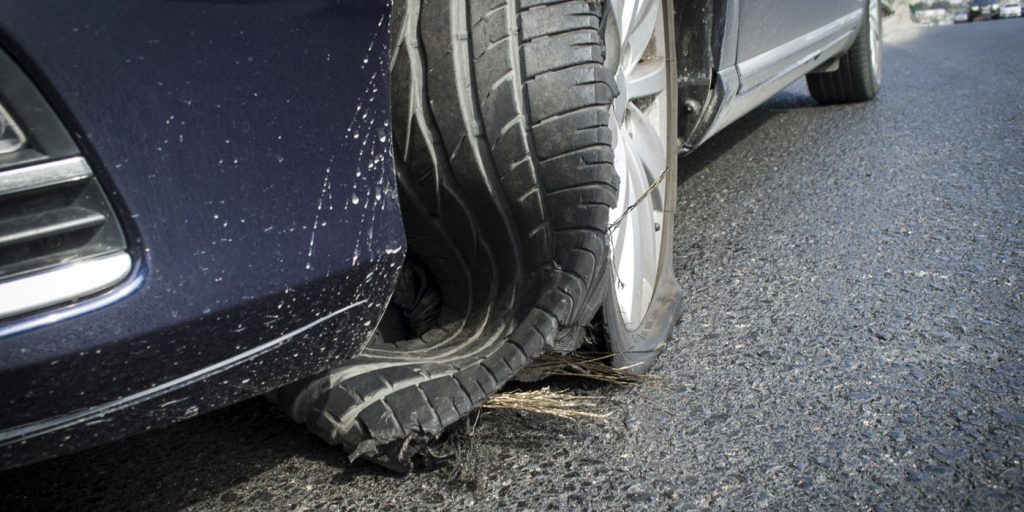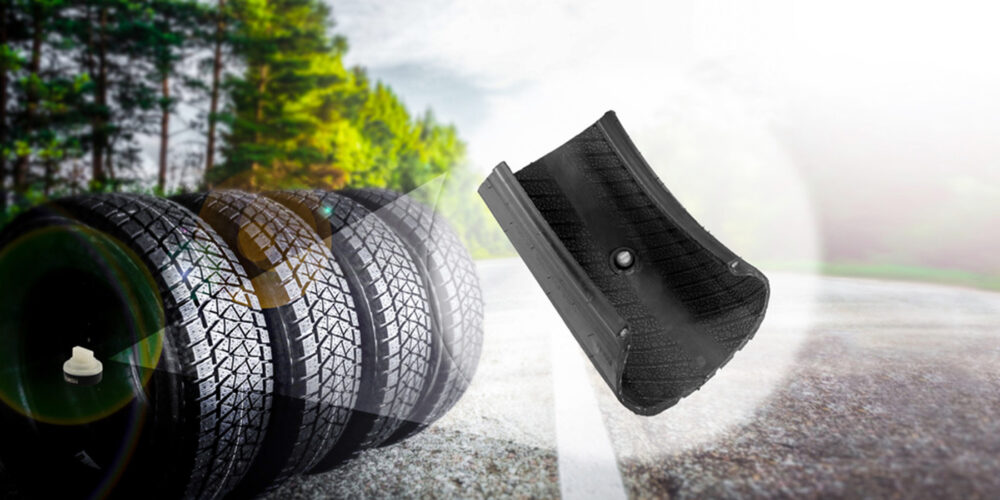Communicating the effectiveness of TPMS at the counter can often feel more difficult than, for example, brakes or shocks. Brakes are an obvious safety feature for drivers, while shocks make their ride more comfortable and add to the lifespan of the vehicle. With TPMS, it is a different battle.
TPMS isn’t immediately seen as a safety feature, or a necessity for that matter. It is seen as a “nice to have” that can be cut from a tight budget pretty easily. Many drivers might compare TPMS to a backup camera or a working sunroof; really nice features to have but they can live without them. It should really be compared to an oil life sensor or a check engine light. Sure, your vehicle will run without them, but how do you know if there is something you should be checking on? How do you know you aren’t adding unnecessary wear and tear to your vehicle, or that you won’t end up stranded on the side of the road?
The concept of TPMS is easy enough for drivers to grasp. It measures their tire pressure and alerts them if their tires need a hit of air. Simple enough. The challenge is getting them to see it as a safety feature and one that will save them money in the long run. A working TPMS is an “investment” in their vehicle.
The challenge is getting customers to see TPMS as a safety feature and one that will save them money in the long run.
A good angle to start with may be laying out the consequences of not having a working TPMS. For example, a tire with pressure that’s too low or too high won’t have its full tread on the road. A tire too high in pressure will lift up the sides and ride more on the center of the tread. A tire too low in pressure will start to lift in the center and ride more on the sides of the tire. This causes:
- Decreased handling capabilities, as steering becomes less responsive;
- Increased braking distances, as tires cannot grip the road properly;
- Decreased tire life due to uneven treadwear, which could mean your customer’s tire investment won’t last as long as it should;
- Decreased fuel efficiency, as the car has to work harder to move down the road;
- Increased vehicle emissions due to more fuel consumption; and
- Increased likelihood of dangerous blowouts, which could cause an accident or put the driver and vehicle’s passengers at risk.
Having a system that warns you of an over- or under-inflated tire can help prevent all of these consequences.
Ultimately, the message to your customer is that maintaining a working TPMS does a lot to benefit them and their passengers. It will indeed increase the safety, performance and efficiency of their vehicle, and it is well worth their investment.
Jacki Lutz is the Global Head of Communications, Training and E-Commerce for Schrader TPMS Solutions, a global leader in TPMS. She is a TIA ATS instructor and serves on a variety of industry boards.
Check out the rest of the May digital edition of Tire Review here.














